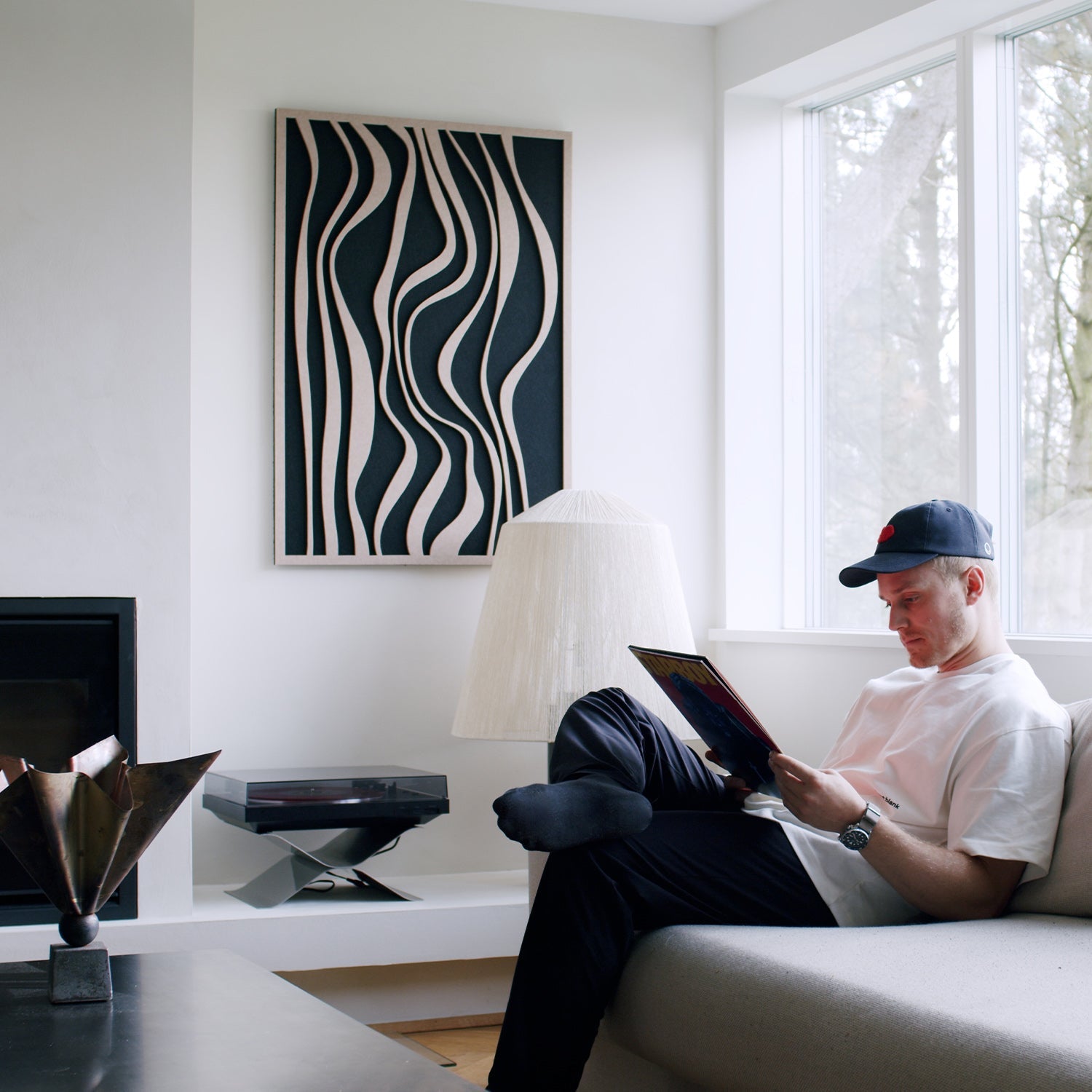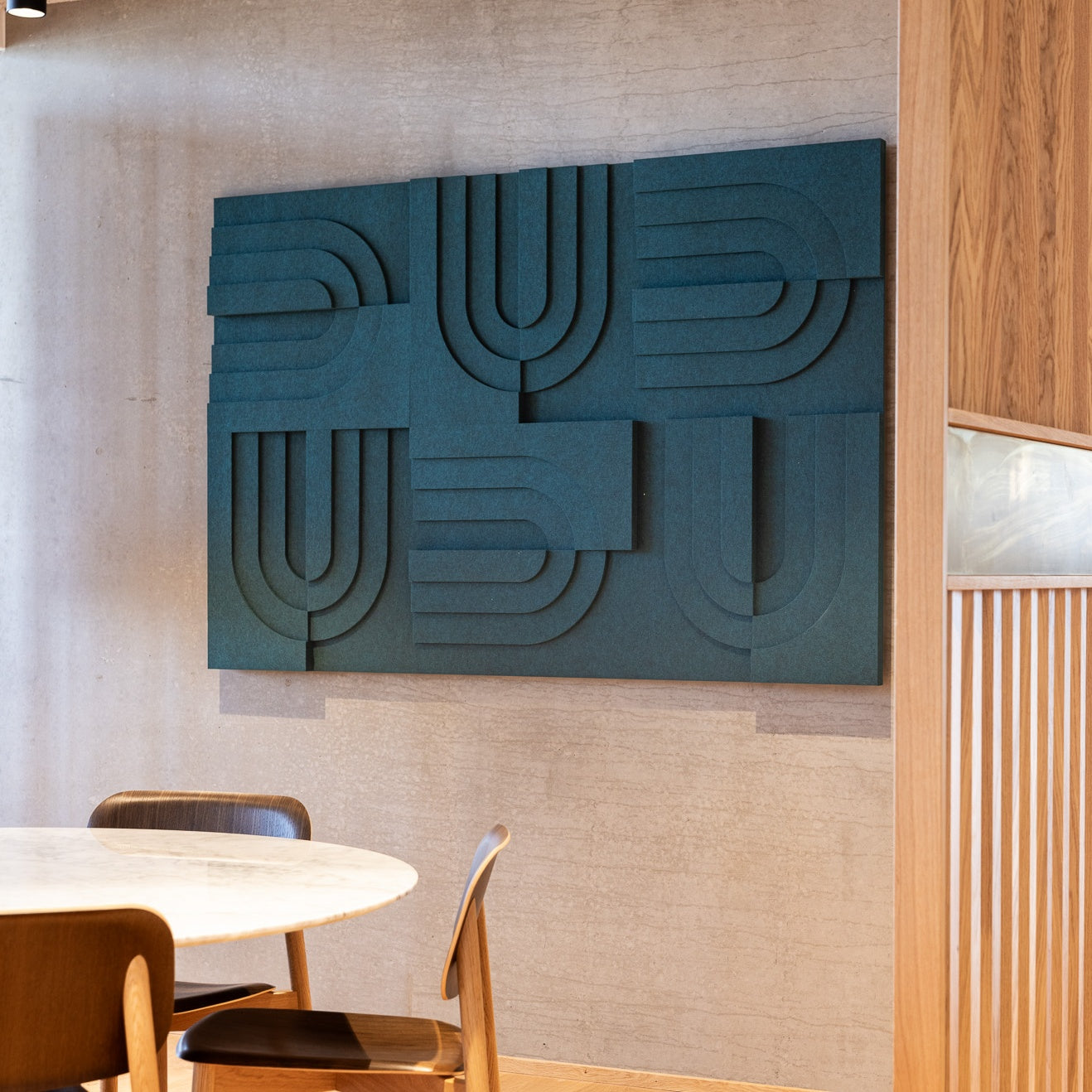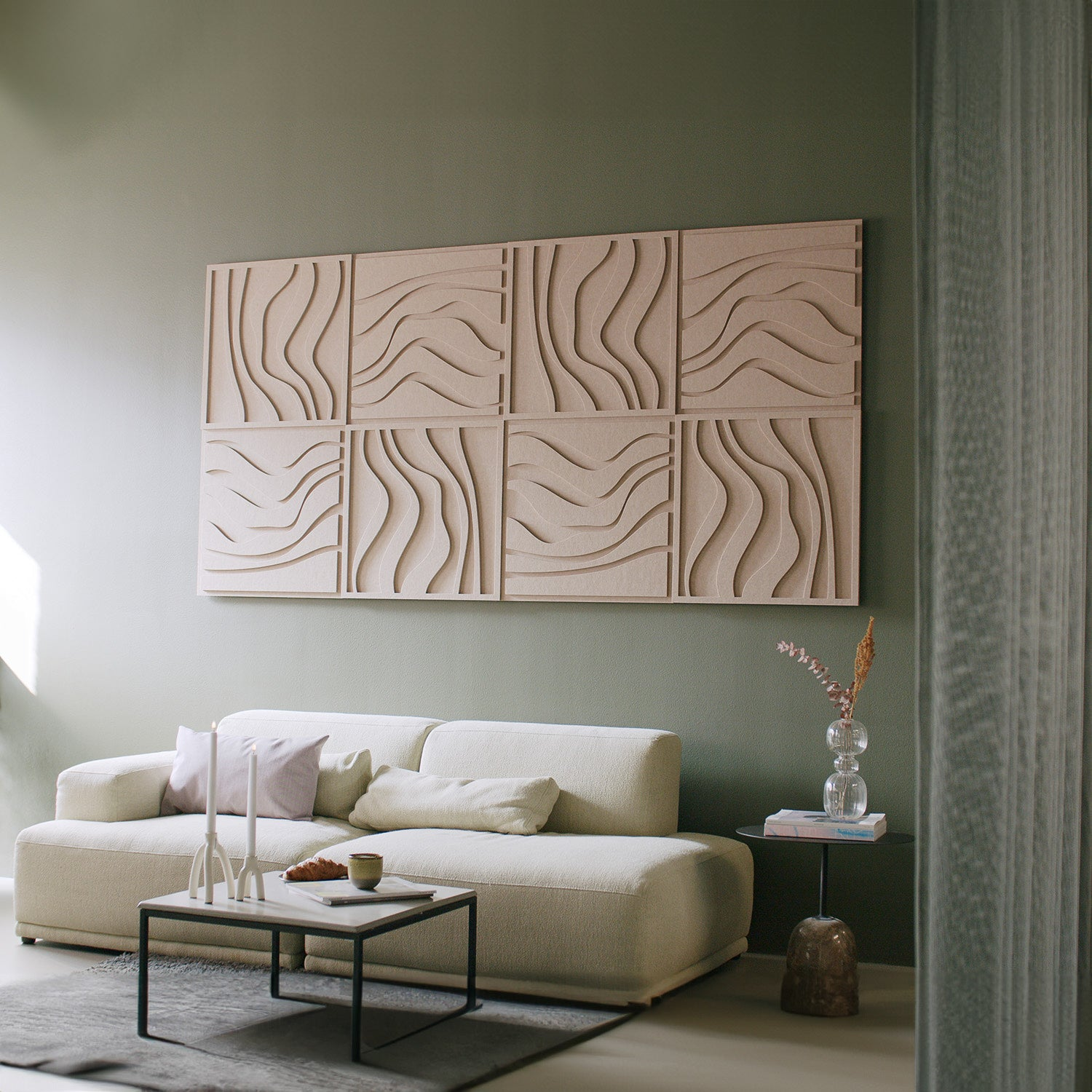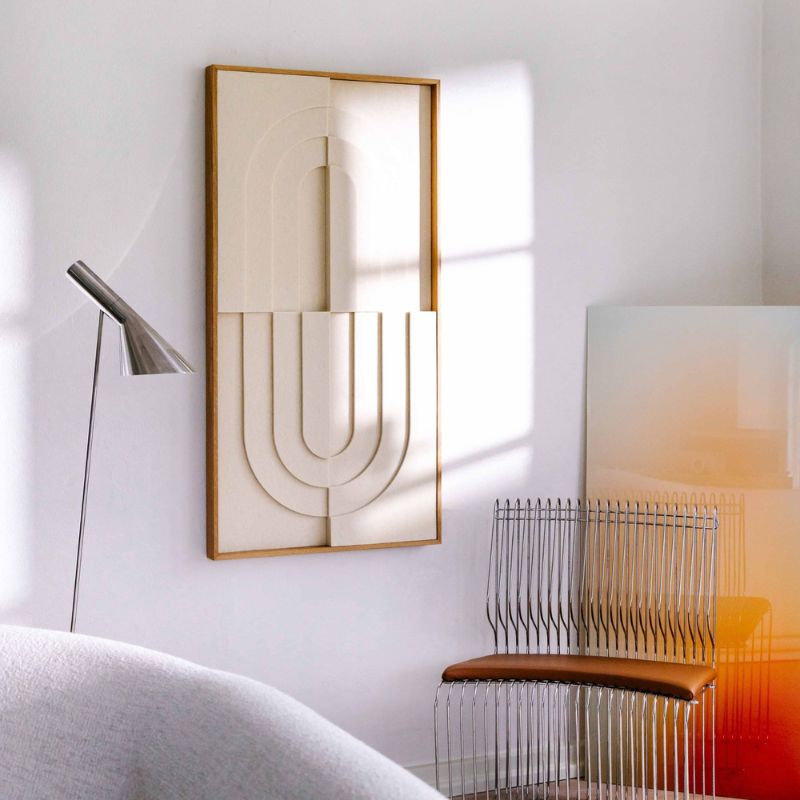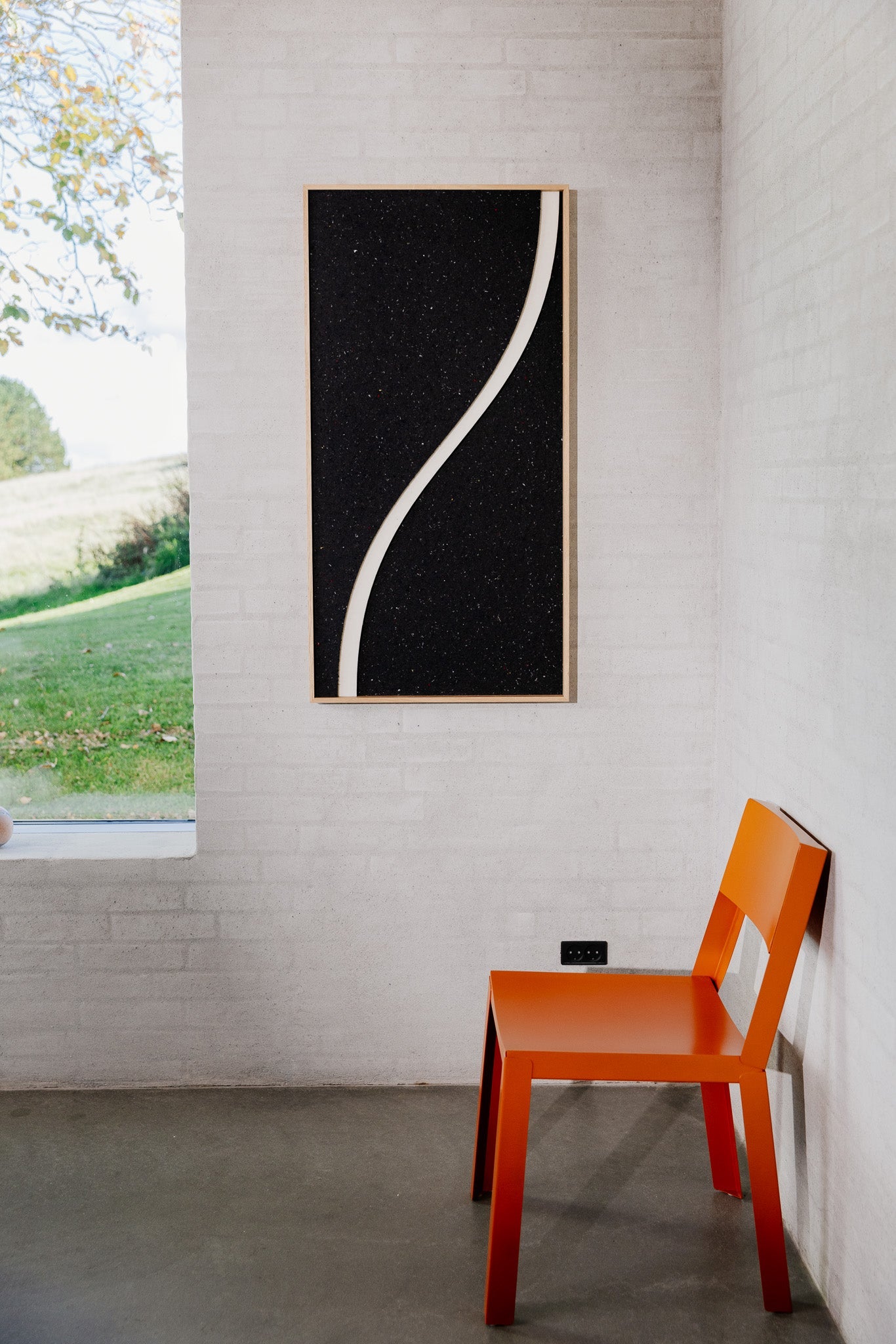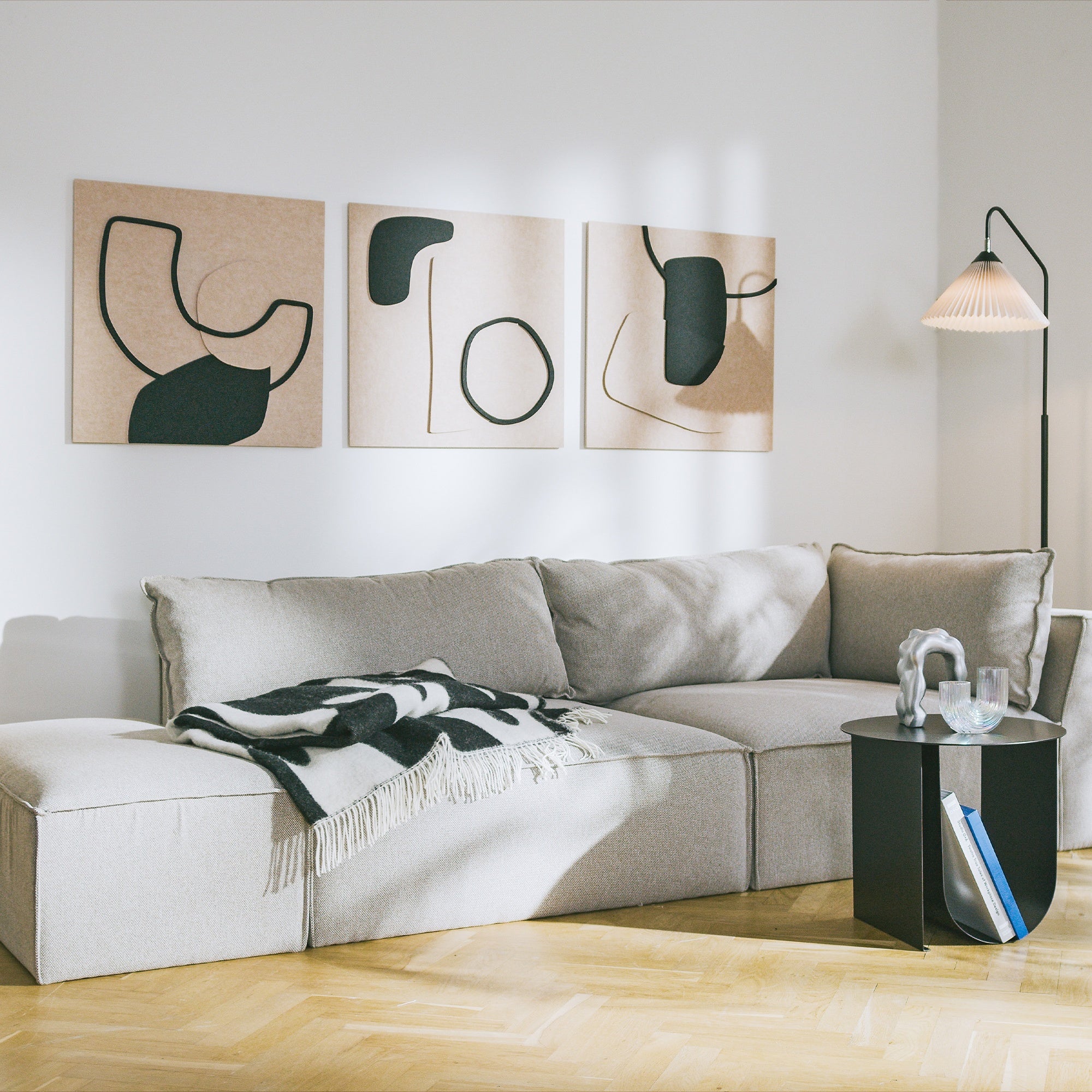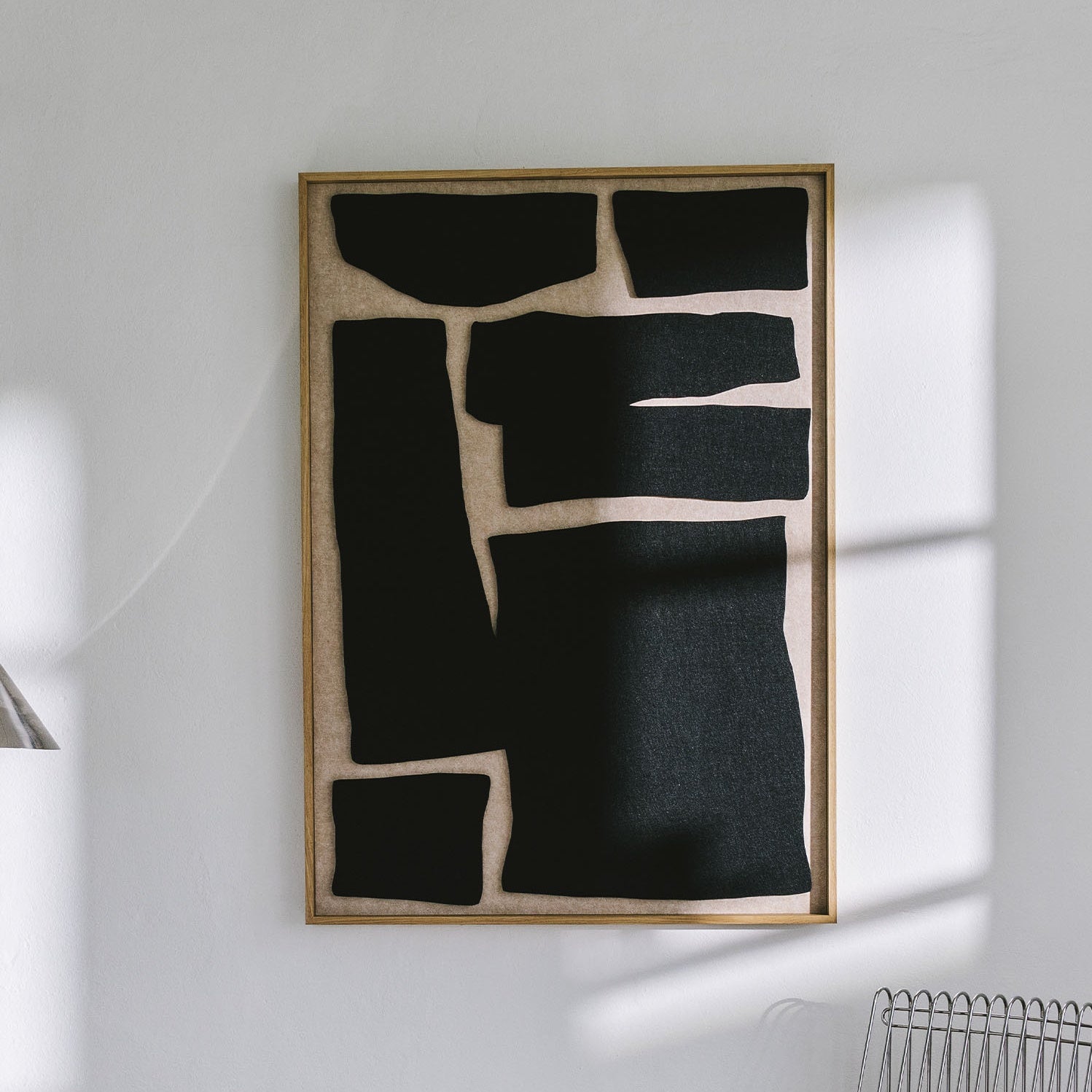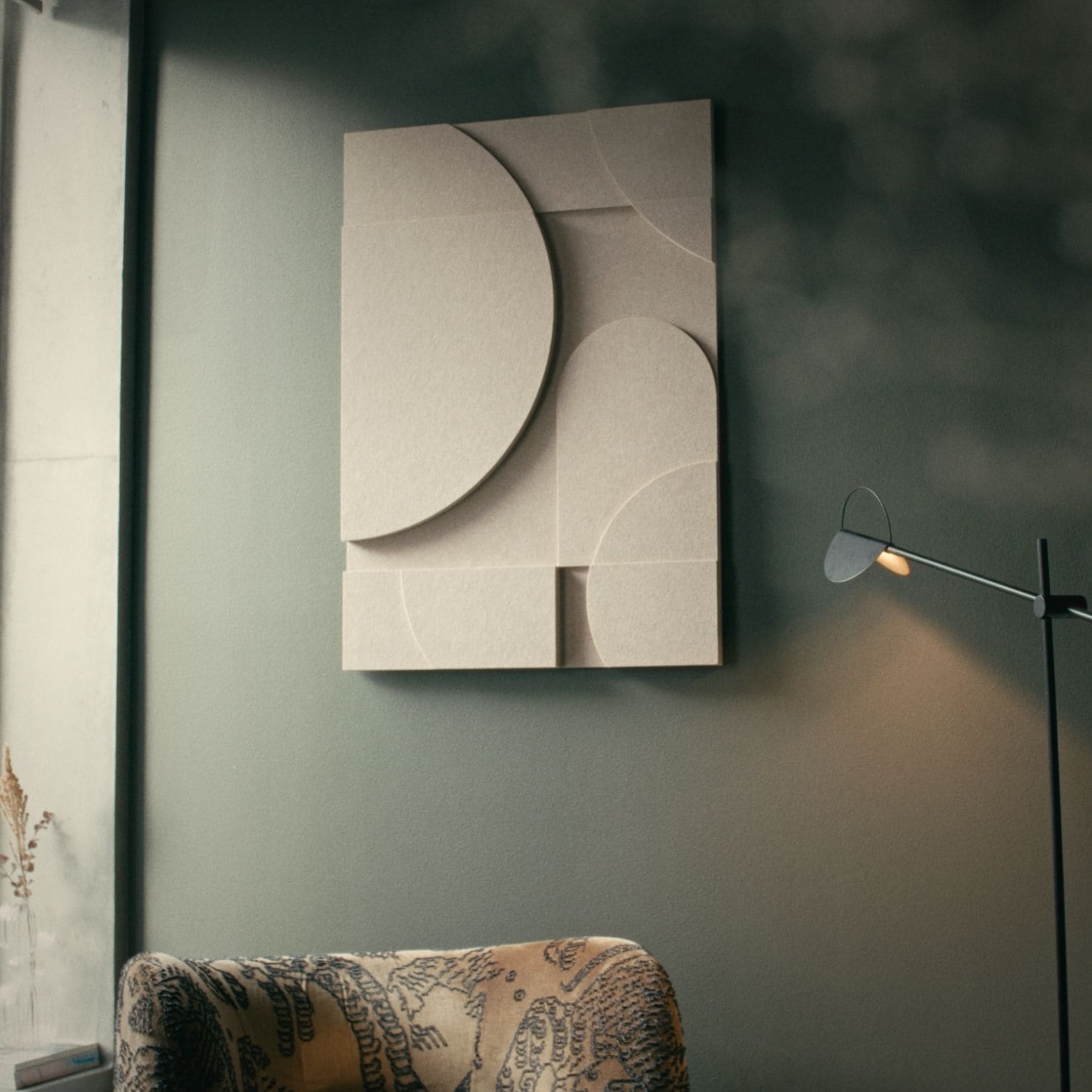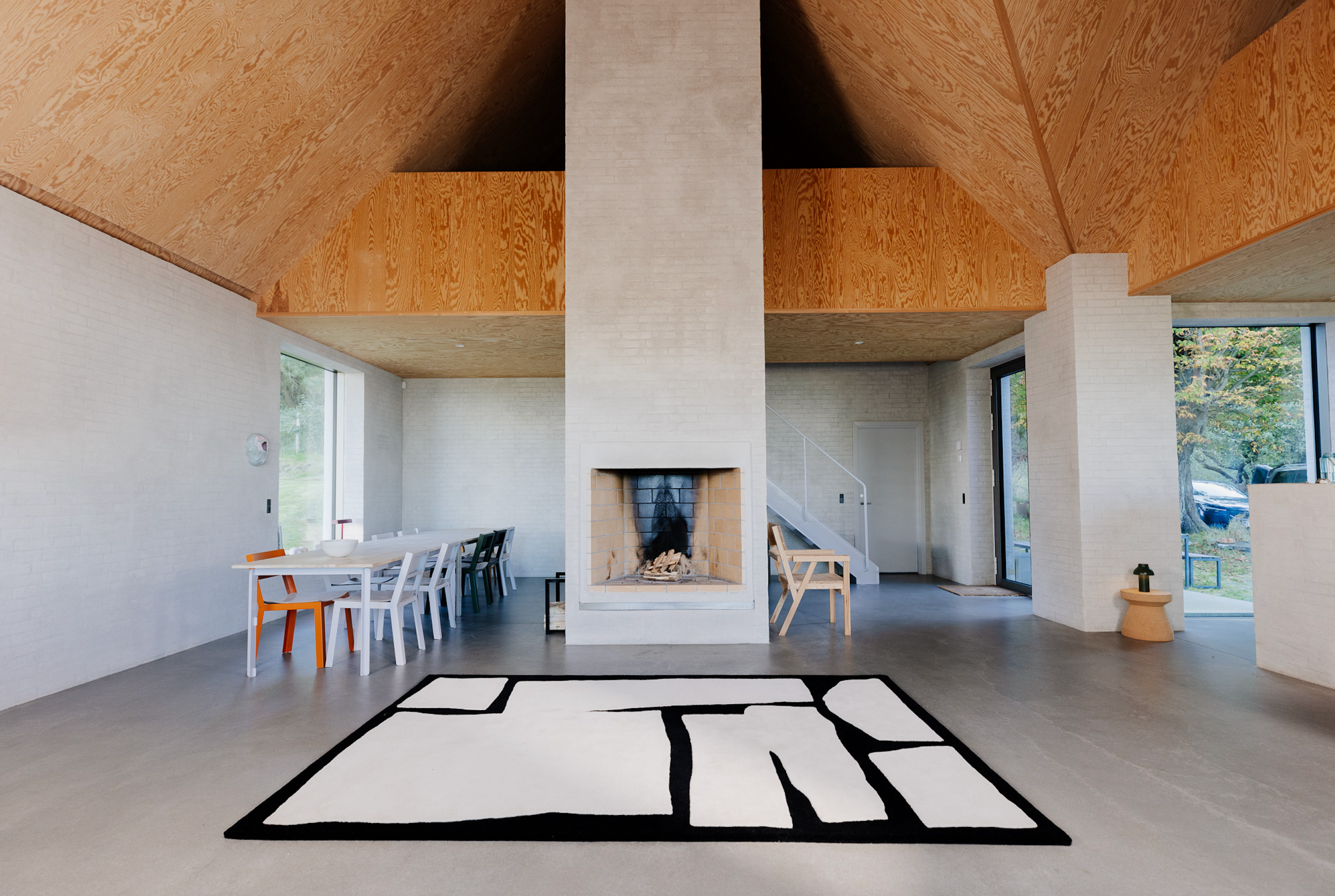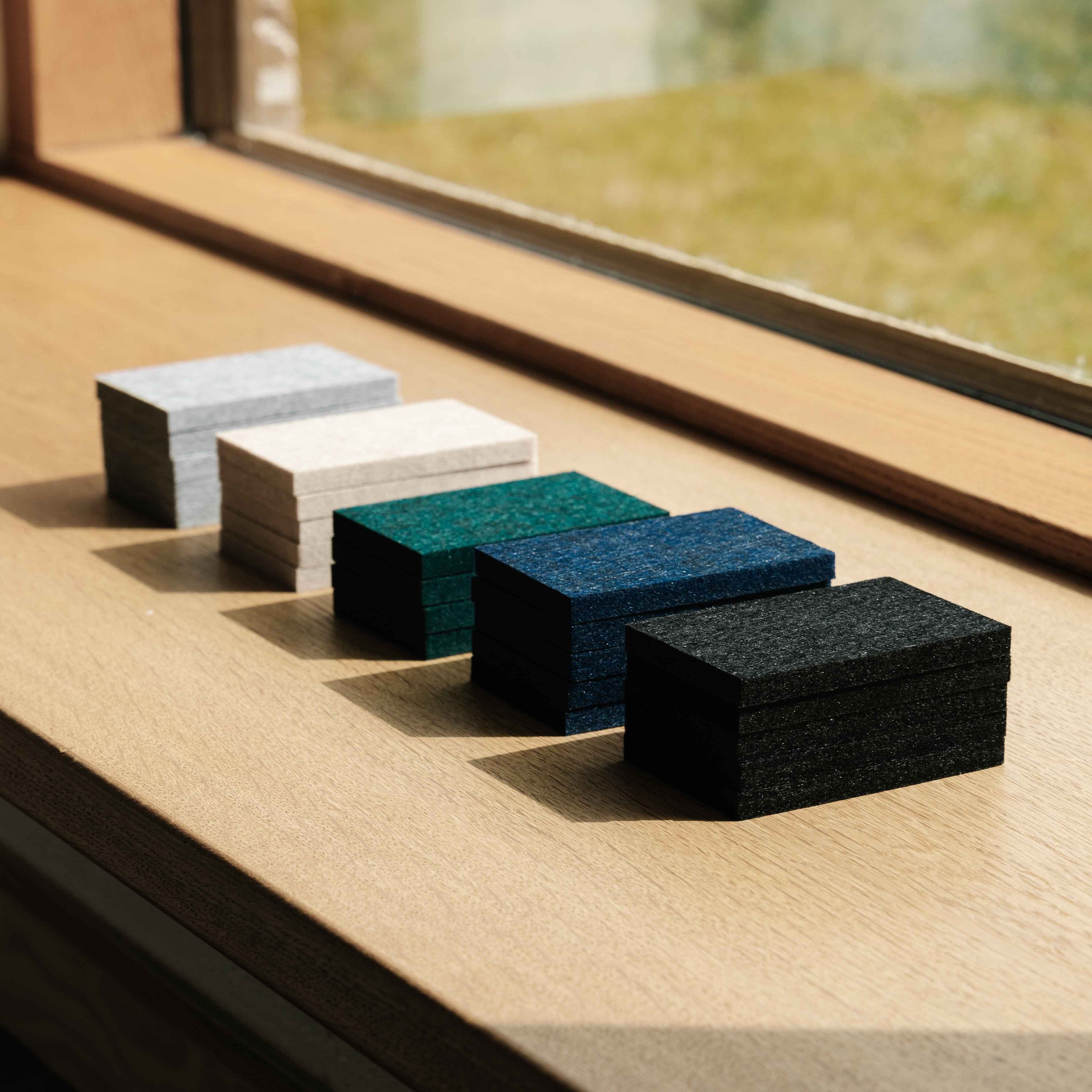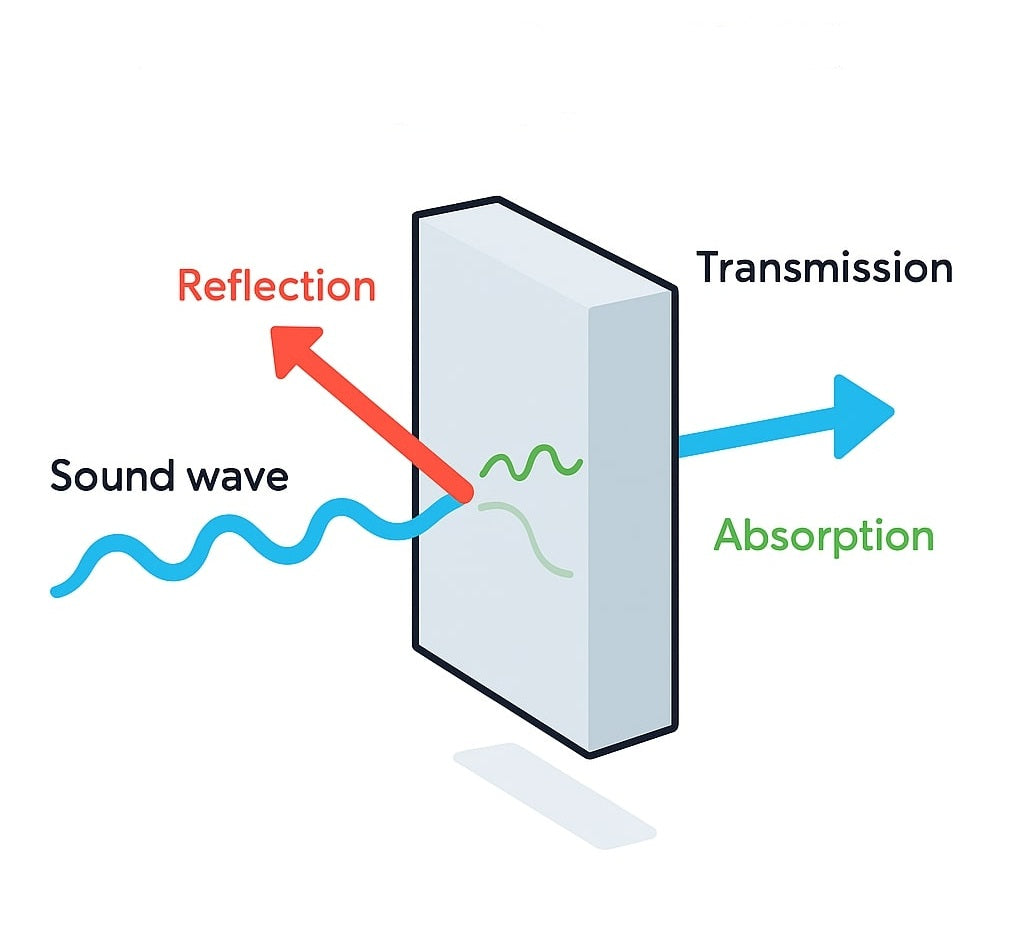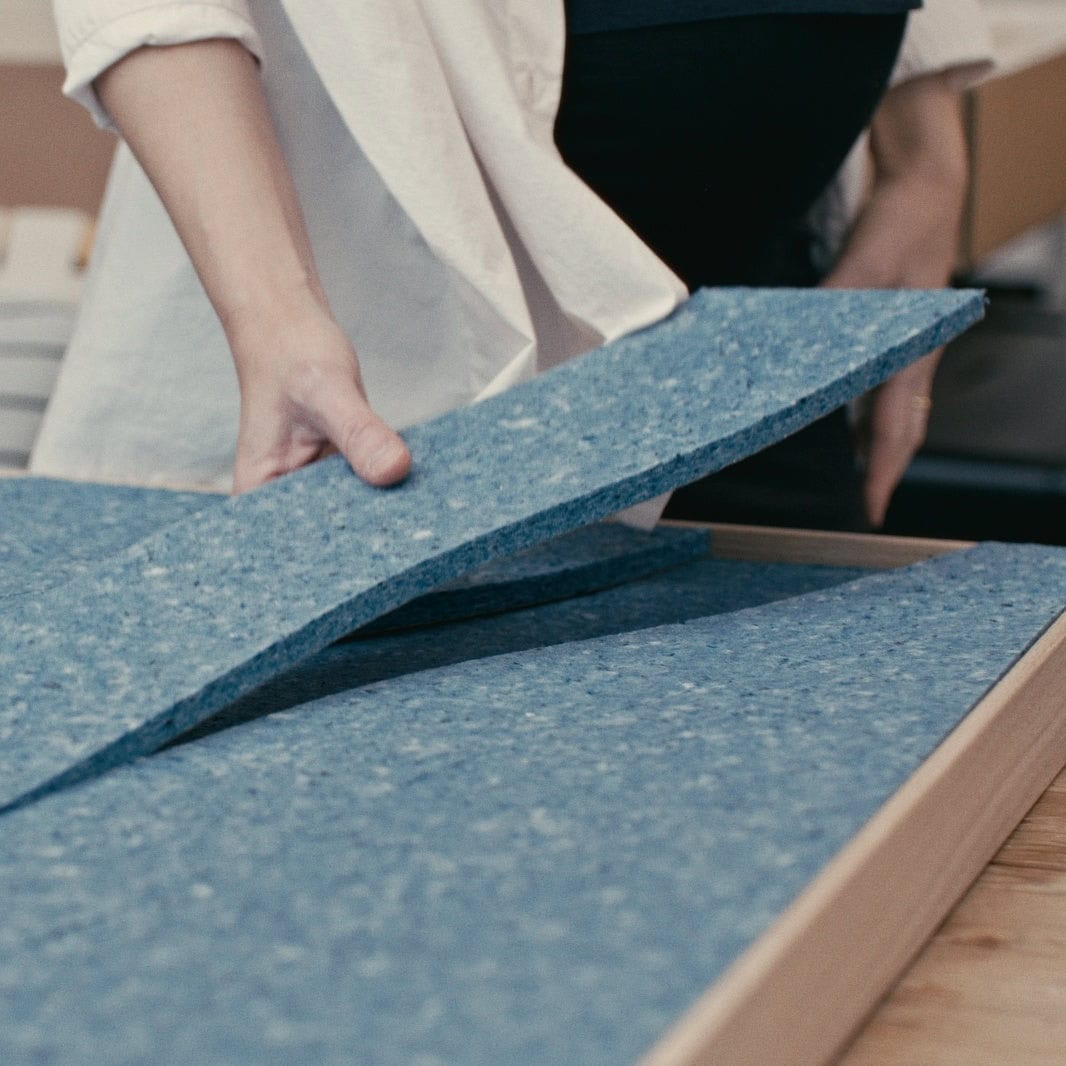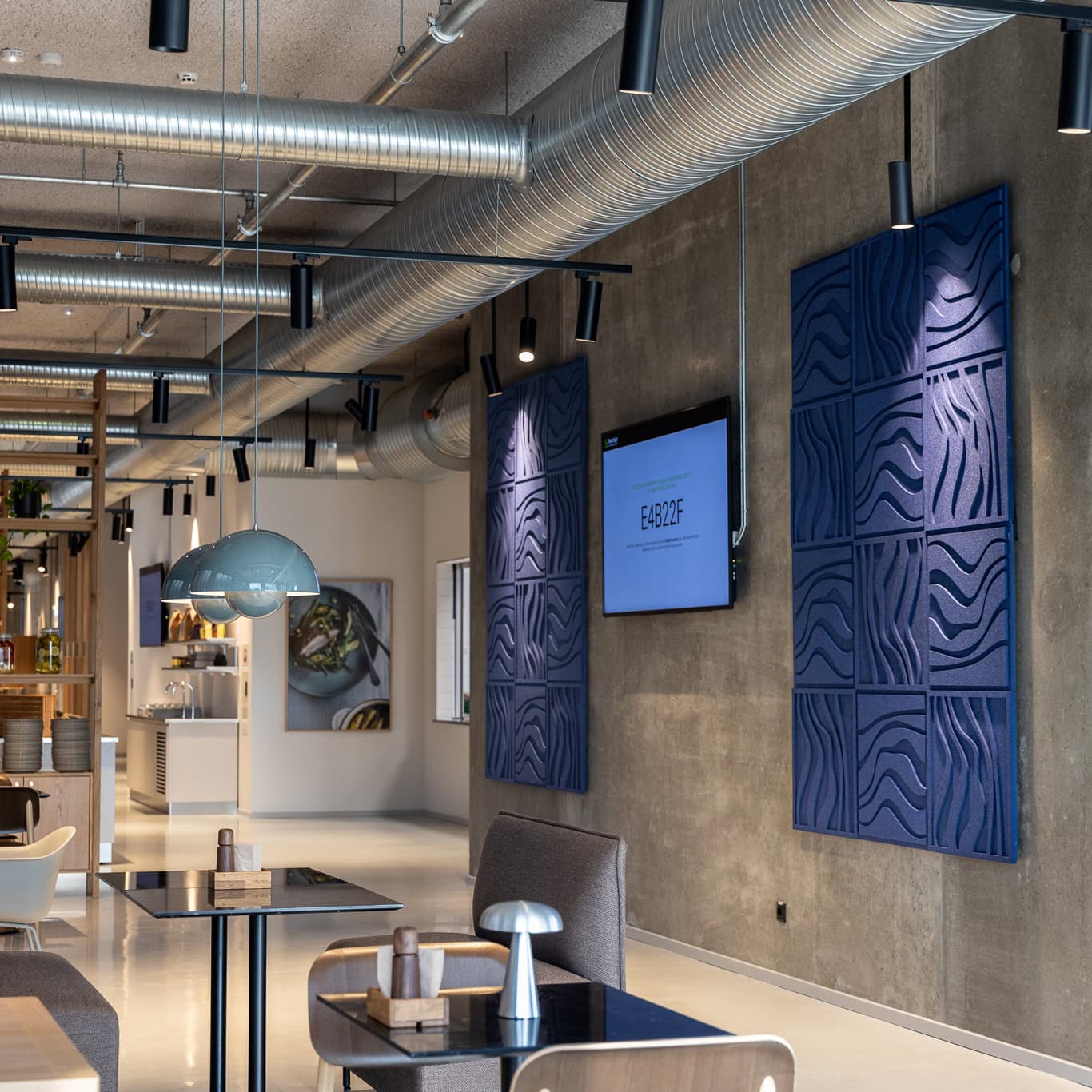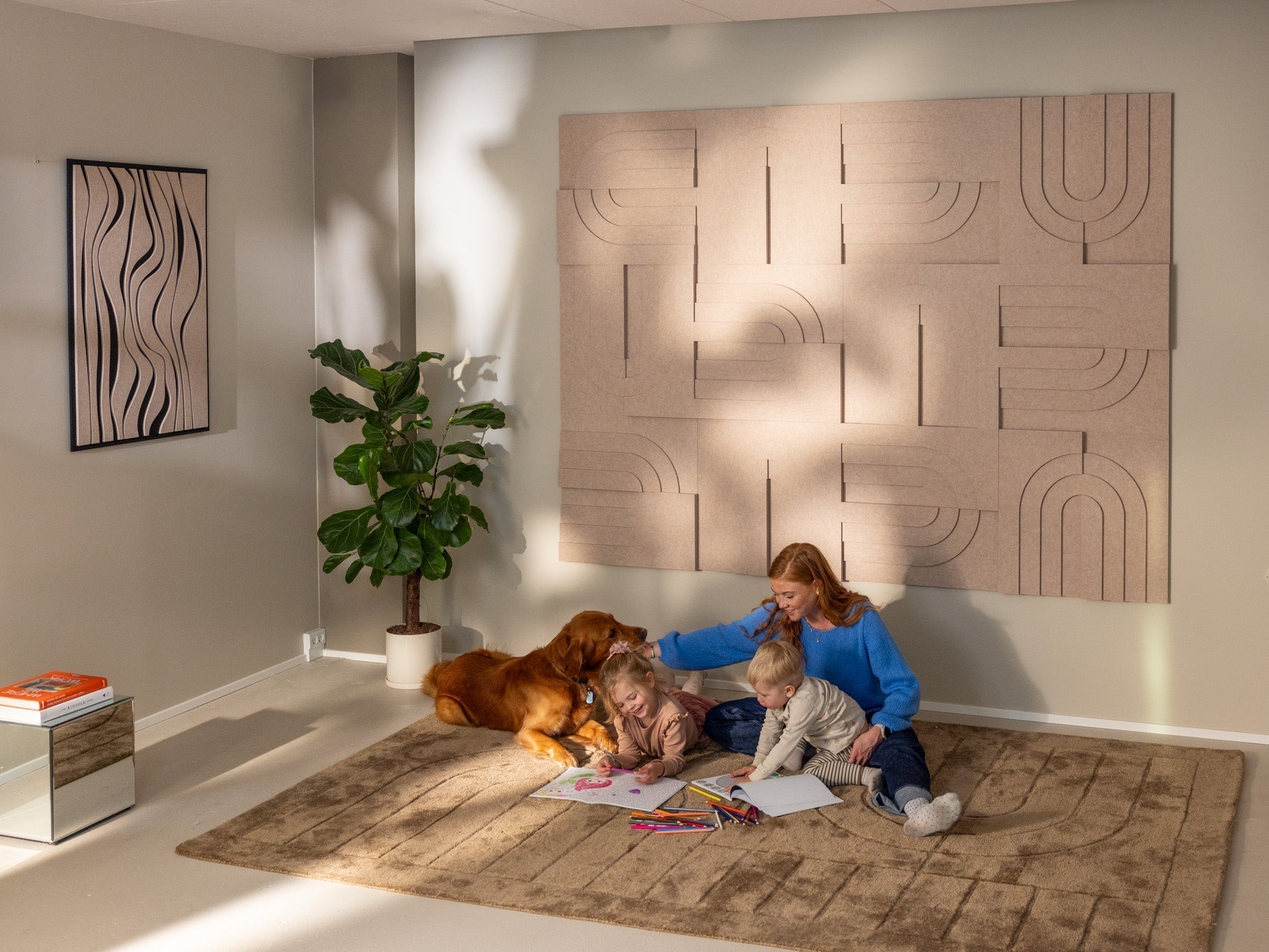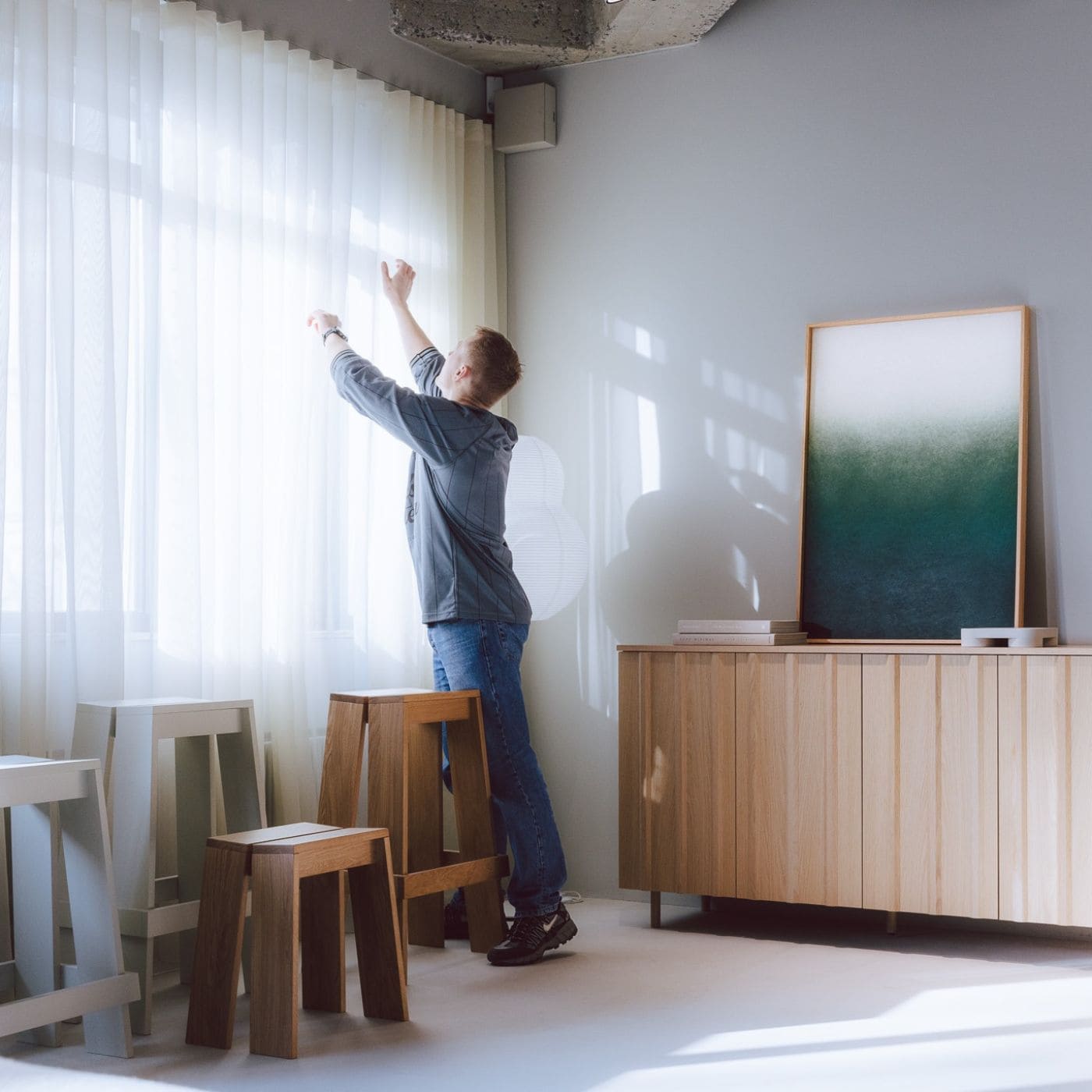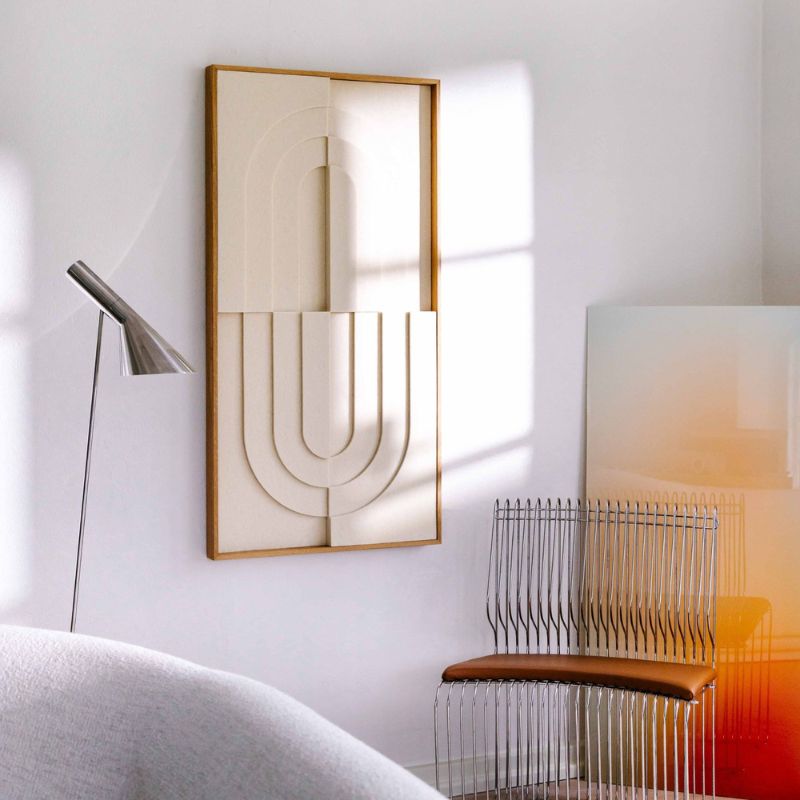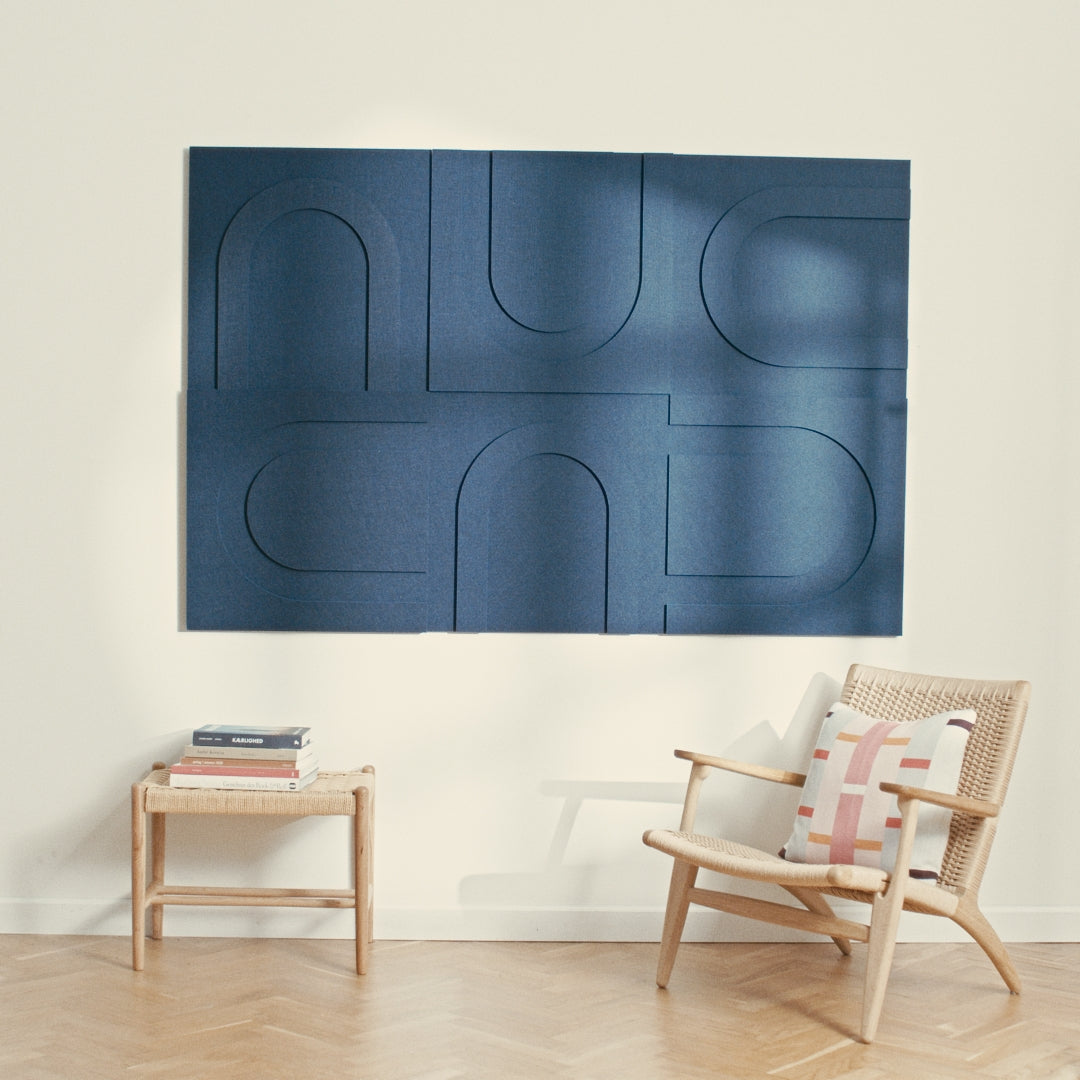
Comprehensive insight into reverberation and the solution - Arturel's acoustic panels
Reverberation is a phenomenon that can significantly impact the sound environment and workplace efficiency. Here, we will delve into the causes of reverberation, the negative effects of excessive reverberation on the sound environment, and how Arturel's acoustic panels are the ideal solution to address this issue.
What is Reverberation?
Reverberation is not just a single echo of sound - it is a complex phenomenon involving the interaction between sound waves and the physical environment. When sound is emitted, it hits the surfaces in a room, resulting in reflections. Reverberation is essentially a consequence of these reflections, creating a persistent sound experience even after the sound source has ceased.
Excessive reverberation means that the sound almost 'hangs' in the room, repeatedly reflected between walls, ceilings, and floors. This persistent acoustic 'veil' can distort the sound environment and create a sense of muddiness.
Causes of Reverberation
Modern spaces are often designed with a focus on aesthetics and functionality, but acoustic challenges like reverberation can sometimes be overlooked. To understand the causes of reverberation, it is crucial to look at the fundamental elements of a room that affect the movement of sound and its interaction with the environment.
Reflective Surfaces
Modern architectural trends often favor the use of hard, reflective materials such as glass, tiles, and concrete. These materials - while adding modernity to the space - act as reflectors for sound waves. Reflection prolongs the presence of sound in the room and creates unwanted reverberation.
Acoustic Properties
The ability of materials to handle sound waves varies significantly. Hard surfaces tend to reflect sound, making them poor at absorbing it. On the other hand, softer materials like fabric or acoustic panels have the ability to absorb sound, significantly reducing reverberation. To effectively tackle reverberation, it is necessary to understand and choose materials with appropriate acoustic properties.
How Does Material Selection Affect Reverberation?
Architectural design that prioritizes hard, reflective materials can create a sound experience characterized by persistent reverberation. Predominant use of glass walls, tiles, or concrete ceilings can create an acoustic environment where sound is not absorbed but instead reflected.
To further illustrate this, in an office environment with glass walls, even a brief conversation between colleagues can cause repeated sound reflections, amplifying reverberation. This acoustic unrest can lead to diminished concentration, reduced work productivity, and overall dissatisfaction among employees.
The Importance of Reducing Reverberation in Private Homes In the pursuit of creating beautiful and functional homes, the important aspect of acoustics can sometimes be overlooked. Reverberation, though not immediately visible, plays a crucial role in shaping the overall experience of a home. Reducing reverberation in private homes is not just a technical adjustment but an investment in quality of life.
As reverberation decreases, sound quality improves significantly. Music, conversations, and other sounds become clearer and more enjoyable without unnecessary reverberation effects. This creates an environment where sound can be enjoyed in its purest form. Additionally, reduced reverberation creates a more calming and pleasant environment, which is crucial for a home as a place of relaxation and tranquility.
Especially in open and large spaces, reverberation can distort spoken words and make conversations difficult. Effective reduction of reverberation not only improves speech intelligibility but also enhances concentration and productivity, especially when the home serves as a workspace or study environment. This also applies to the bedroom, where a quiet sound profile is essential for a good night's sleep.
By integrating sound-absorbing materials, such as beautifully designed acoustic panels, aesthetics and functionality can be combined. These materials become not just a technical solution but an integrated part of the home's design. Reduced reverberation also allows for creating unique sound environments in different rooms, tailored to the function of each space. From lively living rooms to quiet reading corners, sound can be customized to contribute to the desired atmosphere.
Overall, reducing reverberation in private homes is not just a technical adjustment. It is a necessary investment in making a house a home where sound is in harmony with the surroundings. Acoustic comfort plays a crucial role in creating the perfect balance between sound and atmosphere, contributing to improved quality of life.
What Can Be Done About Reverberation?
The solution to managing reverberation requires a comprehensive effort that combines a thorough understanding of the underlying causes with strategic application of appropriate solutions. By taking targeted steps, an environment can be created that not only appeals visually but also delivers a pleasant sound experience.
A key strategy is to strategically place acoustic materials in the room. By identifying areas with the most pronounced reverberation, these materials, such as acoustic panels or diffusers, can help absorb and break the sound, reducing reverberation time.
The choice of appropriate materials also plays a central role. Furniture and decorative elements that have good acoustic properties like fabrics, carpets, and curtains act as natural sound absorbers and help minimize sound reflections.
Additionally, acoustic cladding on ceilings and walls can be an effective solution. This can include sound-absorbing panels, acoustic tiles, or even special colors and textures that help absorb sound.
Integrating carpets or rugs on hard floors like wood or tiles is a simple but effective way to reduce sound reflection and reverberation.
Creative use of acoustic panels goes beyond mere functional purpose. These panels can be integrated as artworks themselves and serve both aesthetic and functional purposes.
Diffusers, which can break up sound waves and scatter them in different directions, are also a valuable addition to the room, creating a more even sound profile.
A professional acoustic assessment of the space can be crucial in identifying precise challenges and tailoring solutions based on the room's unique characteristics. We are available for questions and guidance, so please don't hesitate to contact us.
In new construction or major renovations, acoustic considerations can be integrated into the building design, including choice of materials, room configuration, and placement of sound-absorbing elements from the outset.
Overall, managing reverberation is a multidimensional effort that requires both knowledge of acoustics and practical implementation of solutions. By following these steps purposefully, an environment can be created where aesthetics and sound blend together to achieve the ideal balance.
Arturel's Acoustic Panels Effectively Reduce Reverberation
Arturel's acoustic panels are designed with the purpose of combating reverberation and creating an optimal sound environment. Here's how our panels effectively solve the problem:
- Flexibility and Mobility: Arturel's panels are designed to be flexible and easily movable, making them ideal for dynamic work environments.
- High Sound Absorption Capacity: Our panels, made of recycled PET, have an impressive sound absorption coefficient (NRC) of 0.85, effectively reducing reverberation.
- Aesthetic Appeal: In addition to being functional, our panels are also aesthetically appealing and can be customized for different environments, creating a pleasant atmosphere.
- Sustainability: Arturel is committed to sustainability by using recycled materials and creating products with long lifespans.
Excessive reverberation is a challenge that can negatively impact both the sound environment and workplace well-being. Arturel's acoustic panels not only address this problem but also bring an aesthetic and sustainable dimension to the space. Invest in a sound environment that promotes productivity and well-being with our flexible and effective acoustic panels. Create the perfect sound environment with Arturel!

